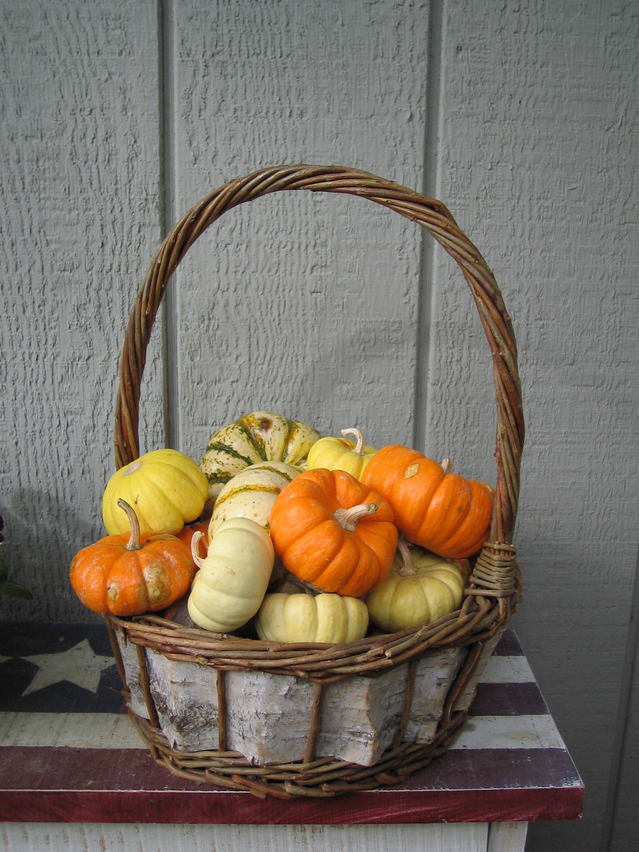By Dr. Quinn Rivet, ND
What if there was something that was free, you could carry with you 24 hours a day, you can turn on anytime, uses little electricity, doesn’t come in a bottle, it’s good for your brain by increasing circulation to the hippocampus, stimulates the reward centers of the brain, decreases aches, pains and inflammatory markers in the blood, can help your will-power, is able to decrease depression and helps give an optimistic outlook on life, and did I mention it was free? Would you be interested? Of course you would, what is it? It’s Gratitude! Yes, the simple conjuring of the feeling of gratitude has actually been a hot study as of late. Several studies over the last 5 years or so have looked at the connection between the state of gratitude and human biology.

A study published in the journal Frontiers of Psychology, 2015, lead author Fox found that “when the brain feels gratitude, it activates areas responsible for feelings of reward, moral cognition, subjective value judgments, fairness, economic decision-making and self-reference…[as well as] it (gratitude) rewards generosity and maintains the cycle of healthy social behavior.
The Gratitude Exercise
One very simple way to get into the state of gratitude which was used in some experiments is to keep a gratitude journal. It goes like this: every morning think of 5 things you are grateful for and why, you really need to do the why, write them down, it’s important. At night before bed think/write down 1 thing you are grateful for that happened to you during the day and why, more is better but you can start with one. Over time you should start to feel and see results, in one study the researchers found those that kept a gratitude journal exercised 1.5 hours more per week and reported to be able to cope with life challenges better.
Counting your blessings can enhance your future happiness and well-being.
Happy Thanksgiving!
Check this site out for great references and ideas: http://happynesshub.com/research-gratitude/
Fox, GR. et al. Neural correlates of gratitude. Front Psychol. 2015; 6: 1491.
One way to make this tea is to boil the ginger alone first for 5-10 minutes then use the boiled ginger water as the liquid to steep the other herbs in. Make sure the herbal combination is covered as it steeps for 10 minuets or so. Sip slowly and feel its warming action.
This is a very heating tea and might cause a bit of sweating (diaphoretic action) but will keep you warm if you have the chills. Its phenolic content can help fight viral infections and keep you comfy on those chilly fall and winter nights.



